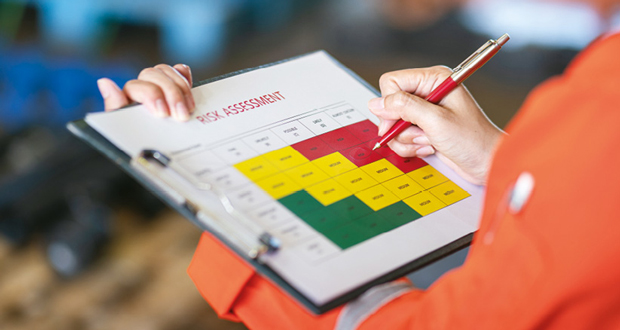New legislation and an increased focus on best practice are leading to heavier workloads and excess pressure on property and facilities managers, according to a new report from health, safety and property compliance firm, William Martin.
When compiling its first annual property compliance report, the firm examined data from 20,000 risk assessments and survey reports that were uploaded to its compliance management software, Meridian, between April 2023 and March 2024.
Figures showed almost 327,000 health and safety actions were raised across all disciplines, a 22 per cent increase on the previous year.
Commenting on the increase, Phil Jones, Managing Director at William Martin said: “The property and facilities management industry shoulders a huge responsibility when it comes to upholding the highest standards of health and safety. Alongside the introduction of recent laws such as the Building Safety Act 2022, we’re undoubtedly seeing a far greater focus from organisations on ensuring best practice and continuous improvement, rather than just compliance.
“I’ve always believed that abiding by legislation should be the minimum benchmark rather than the final goal, so this positive step towards safer working environments is something I welcome. However, the downside is the extra pressure this is putting on those responsible for health and safety, due in no small part to the increased reporting that’s required to demonstrate high performance. But because abandoning best practice is not an option, this is something the industry needs to find a way to deal with.”
Beyond this headline increase, the report identifies 10 key health and safety trends, which include:
- It is frequently taking too long to remediate top priority actions from risk assessments, with the average time to complete a Priority 1 action being 42 days.
- Fire safety actions rose by 53 per cent when compared to the previous year, with new fire safety legislation a key driver for this increase.
- Thirty-two per cent of fire actions related to fire and smoke spread, with 60 per cent of these relating to inadequate fire doors.
- Half of all asbestos-related actions required its removal – with a 29 per cent year-on-year increase in the overall number of actions. This indicates the poor condition of asbestos in many UK buildings.
- Almost a quarter (22 per cent) of all Priority 1 health and safety actions last year related to passenger lift safety, with many of these due to poor documentation and record-keeping.
- Around 17,000 actions were raised relating to legionella, demonstrating that the threat of a major outbreak has not gone away.
Jones added: “Workload burdens are undoubtedly contributing to some of the more worrying trends identified in our report, such as the unacceptable length of time it’s taking to address Priority 1 actions, and poor record-keeping around lift safety.
“Tech and AI can form part of the solution, by reducing the scope for human error, and reducing the chances of risks being missed or reports being misfiled. Using tech to work smarter rather than harder also frees up time to focus on the activities that will actually drive change and reduce risk.
“The key trends and insights contained in this report will hopefully inform property and facilities management professionals on what should be the key focus areas within their own businesses. We are already planning to publish this data annually, which will enable longer term industry trends to be identified.”
The full report is available to download from the William Martin website here.





